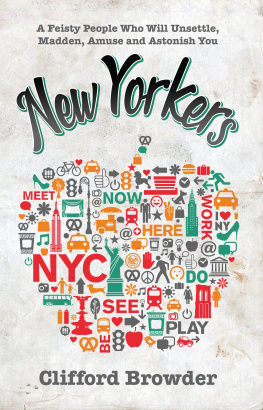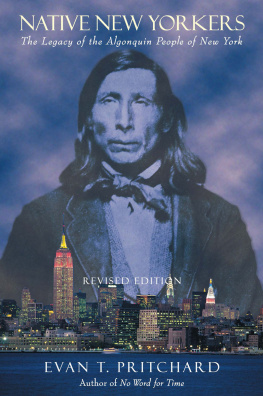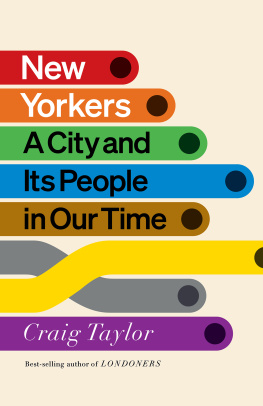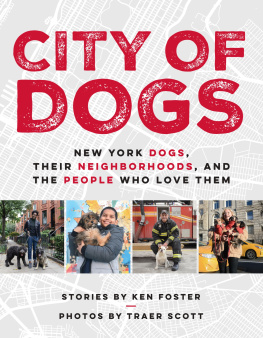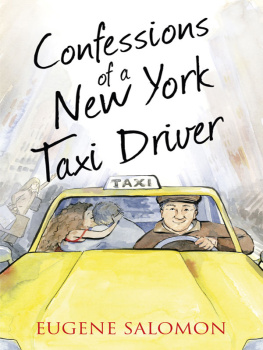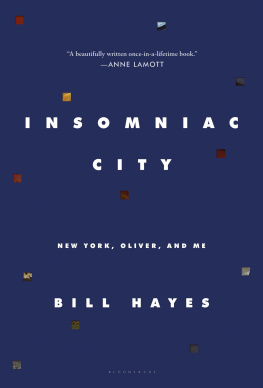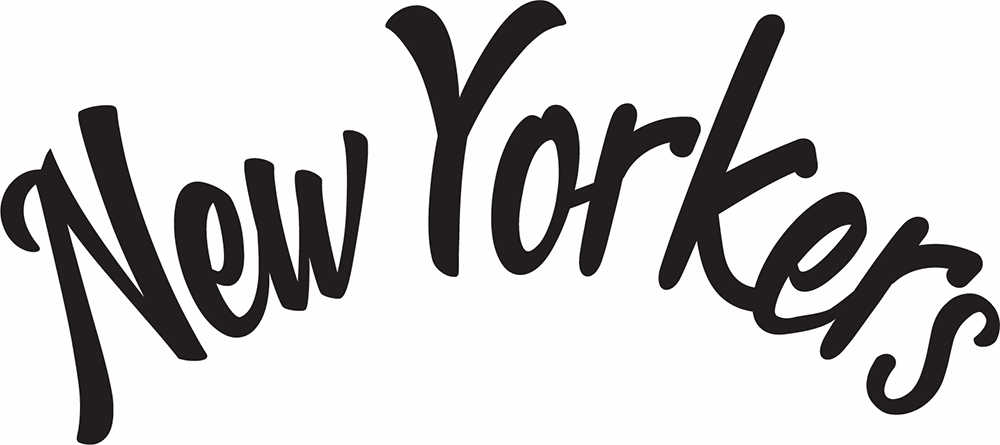
A Feisty People Who Will Unsettle,
Madden, Amuse and Astonish You
Clifford Browder
Copyrighted Material
New Yorkers: A Feisty People Who Will Unsettle, Madden, Amuse and Astonish You
Copyright 2019 by Clifford Browder
All rights reserved. No part of this publication may be reproduced, stored in a retrieval system or transmitted, in any form or by any meanselectronic, mechanical, photocopying, recording or otherwisewithout prior written permission from the publisher, except for the inclusion of brief quotations in a review.
For information about this title or to order other books and/or electronic media, contact the publisher:
BROWDERBOOKS
ISBN: 978-1-7333782-0-8 (Print)
978-1-7333782-1-5 (eBook)
Printed in the United States of America
Cover and Interior Design by 1106 Design

Introduction
T HOUGH BORN AND RAISED in the Midwest, I am a longtime New Yorker and over the years have seen many changes. I reside high above the Magnolia Bakery of Sex and the City fame in Greenwich Village. When I first came here in 1953 to do graduate work in French at Columbia University, I had to get used to the citys bigness, noise, and bustle, its pace and its attractions. But get used to them I did, to the point where I needed them, craved them, and celebrated them. For me, New York is the most exciting city in the world. Its special, its unique. I have even expressed this in an equation:
intensity + diversity = creativity = New York
The intensity of New York is experienced immediately by anyone coming to the city, and the citys diversity will leap out at you wherever you may go. Which makes the city incredibly creative; things happen here: the Gay Pride movement, Occupy Wall Street, opera and ballet, the Empire State Building, 9/11, and yes, the Donald and his Tower. Not everything here is admirable, but in spite of all its faults, I love this city; I couldnt do without it. A sign that appeared at the entrance to the Staten Island ferry once asked, New York: Is There Anywhere Else?
Not everyone would agree. We New Yorkers are a very special breed, tough and savvy. We challenge, we complain. And we know that New York is not for everyone, nor should it be. For quiet, for peace of mind and the illusion of stability, go elsewhere. Here are flux and change, the perennial strife of old vs. new, the turmoil and fervor of nine million strivers. We New Yorkers are great doers; we savor the charm of the old and often want to preserve it, but at the same time we forge ahead, we create, we do.
In this book I want to share with others what it is to be a New Yorker, who we are, how we live, what we do, our past and present glories and horrors. Ask twenty New Yorkers about these things, and youll get twenty answers. What Im sharing here is my New York. The chapters derive from posts for my blog, No Place for Normal: New York, which is about anything and everything New York, past and present. This is the city I love; I hope youll love it, too. Or hate it, if you must. The main thing is to know it; its unique.
Part 1
WHO WE ARE: 800 LANGUAGES, HUSTLERS, BASQUES, AND CHORUS BOYS

Chapter 1
Diversity
I LOVE N EW Y ORK FOR ITS diversity. If you go out on errands, you may hear Spanish, Chinese, French, German, Italian, Russian or some other Slavic language, Korean, Japanese, and who knows what else? You may see a woman in a sari, a bearded man in a turban, a bunch of giggling young girls wearing head scarves, African-American women with their hair done up in a bun on top, a woman in a burka with only her eyes visible, dark-suited Orthodox Jews with long, curly sidelocks, and women of various ethnicities wearing granny skirts or miniskirts or pantsuits or whatever is or is not in vogue.
In New York today only 51 percent of the population speak English at home, the other 49 percent speak any of a multitude of languages. Students in the public schools speak 176 languages, and in the borough of Queens alone there are 138, but some estimates for the whole city range as high as 800 languages in all. In May 2019, when I gave a book release party in my apartment for my novel The Eye That Never Sleeps, there were conversations going on simultaneously in three rooms. One guest came out of the living room to report, We just realized that weve got eleven languages among us! And when I mentioned this later to one of the guests, a young woman from Pakistan, she smiled and said, Actually, it was twelve. At home in Pakistan, her family speaks English, Urdu, and Gujarati.
At election time instructions come to voters in English, Spanish, Chinese, and at least one other languageJapanese? Korean?that I cant identify. My health insurance plans monthly notice of claims filed includes phone numbers for translations into Spanish, French, French Creole, Italian, Russian, Portuguese, Polish, Arabic, Chinese, Cantonese Chinese, Tagalog, Vietnamese, Korean, Hindi, and Japanese. So it is that I now know how to say attentionin the sense of pay attentionin multiple languages, for example: 1. paunaw 2. ch3. Atansyon 4. uwaga 5. ateno. (Can you identify these five languages? The answers are at the end of this chapter.)
But these languages, however baffling for Americans, are not uncommon. How about Vlashki, a variation of Istro-Romanian, spoken in Queens? Or Garifuna, an Arawakan language spoken today in Honduras and Belize, but also in the Bronx and Brooklyn? Or Aramaic, a Semitic Syrian language spoken long ago by Jesus and his disciples, or Chamorro from the Mariana Islands? Or Bukhari, a Jewish language with more speakers in Queens than in Uzbekistan or Tajikistan? Many of these are endangered, as their few elderly speakers die off, though in some cases there is a concerted effort to keep the language alive. New York is a refuge for lost languages, but as the children and grandchildren of immigrants learn English, it is also a graveyard.

Immigrants gravitate to the health care field. I have had ophthalmologists who were from Russia and Israel. My podiatrist is from India, and his assistant from Guyana. My dentist is a Chinese American from Hong Kong with an assistant from Ecuador who is delighted that I remember her nationality. My partner Bob had a Norwegian doctor, a Haitian home care aide, and at one time a Cambodian nurse.
Over the years Bob and I dined in German, French, Spanish, Italian, Jewish, Indian, Mexican, Russian, Chinese, Japanese, Thai, and Burmese restaurants. The menus might be in English, but the dishes were authentic, as were the waiters and waitresses. (The Burmese restaurant offered food so highly spiced that my system was hugely roiled all the following day.) Memorable among our dining experiences have been Bengali meals of many courses served by a friend from Calcutta, and splendid Italian meals at our favorite restaurant, Gargiulos, near the boardwalk on Coney Island. Exceptional was a sumptuous Japanese meal beginning with octopus, which our American host described as the Japanese chewing gum, following which his Japanese wife served us dishes of sukiyaki that were a feast for both the palate and the eye.
Next page
